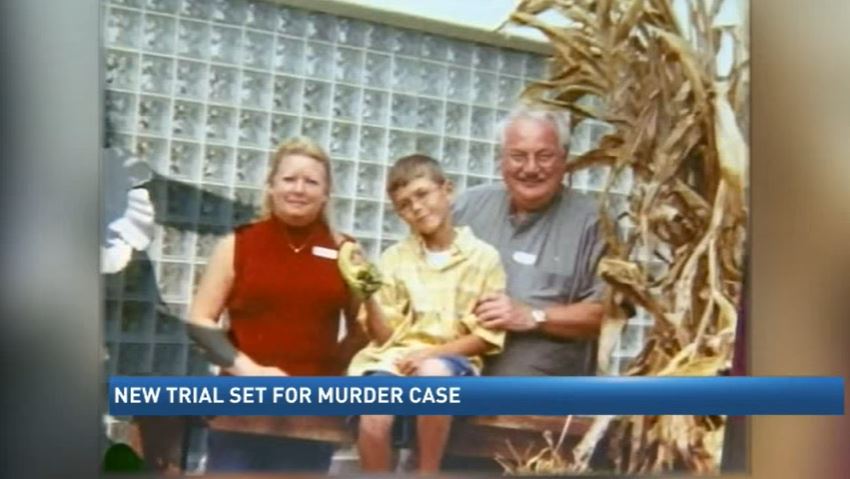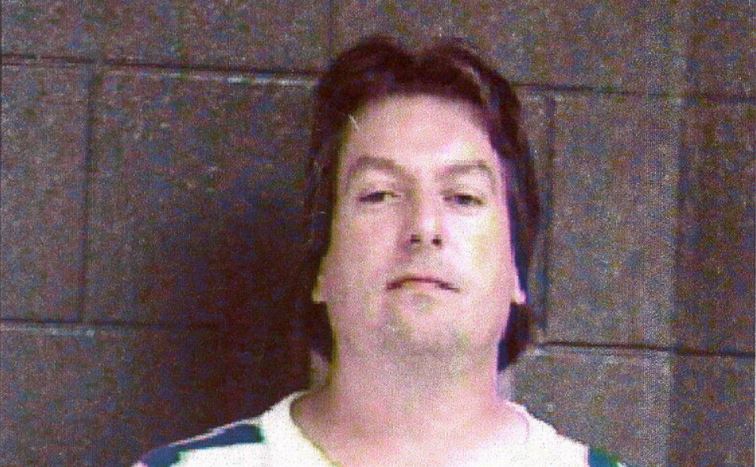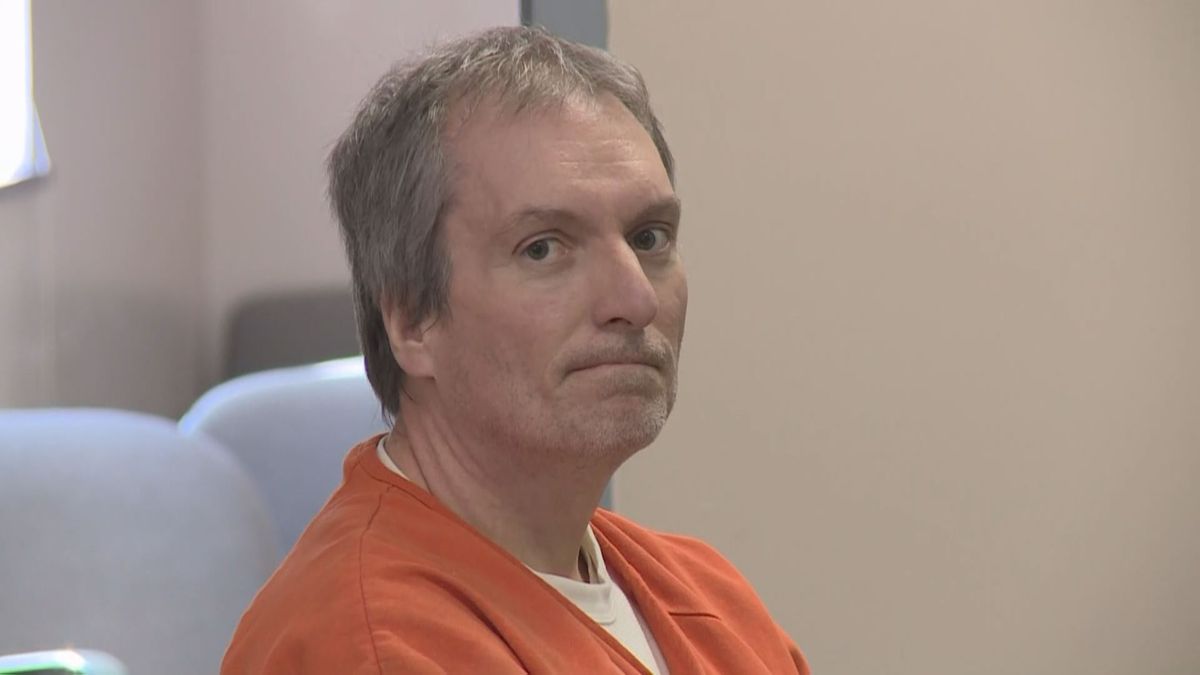Investigation Discovery’s ‘Kentucky Murder Mystery: The Trials of Anthony Gray’ examines the tale of a 2007 double homicide – the murders of husband and wife, James and Vivian Gray. The baffling and twisted story of the broken family, the apparent gun-running ring that went through the very room where the incident took place, and the circumstances wherein the bodies were discovered are all highlight in the chilling episode to get to the heart of the matter. So now, if you’re here curious to know all the details of the case, you’ve come to the right place.
How Did James and Vivian Gray Die?

James Gray, 63, and his wife, Vivian, 55, were considered to be generally affluent in their community, having owned and operated a flourishing thrift store downtown for a few decades. They resided in a beautiful home a few miles south of the Grant-Scott County line, in the Stonewall society, and had been married for over 40 years before their whole world was snatched away from them in the blink of an eye. On April 26, 2007, when nobody had heard from the couple for over 24 hours, a friend, worried, went to their home to check up on them, only to discover their cold and bloody bodies.
When the authorities arrived at the scene shortly after 8:50 a.m. that day, it was determined that both James and Vivian were shot to death in their own home, right in the living room, where they were found. There were no signs of forced entry or any indication that pointed towards a severe struggle, indicating that the couple probably knew their assailant. At first, there were rumors that this case was a murder-suicide, but a coroner made it clear that foul play was involved. According to various reports, James and Vivian Gray were slain on April 24, two days before they were discovered.
Who Killed James and Vivian Gray?

James and Vivian Gray had a tumultuous relationship with their son, James Anthony Gray, which was well known all across the community. The family rift and the allegedly missing wills of the couple that apparently disinherited Anthony made him an immediate person-of-interest in the police investigations, which ultimately turned into him being the prime suspect. A few alternative perpetrators were considered and questioned, including Peter Hafer, but the police wound up at Anthony time and time again. Therefore, after six months, he was called in to be interrogated as well.
Anthony was read his Miranda rights, yet he opted to speak with the investigators. His initial interrogation, wherein officers showed him forged DNA evidence linking him to the murders, as well as an alleged phone call from a judge threatening the death penalty without a confession, went unrecorded. But after hours, the camera and mic switched on again, and Anthony confessed. “A fight broke out between my mom, my dad, and me,” he revealed on October 20, 2007. “I blacked out, or [my father] hit me. I stood up and shot him. I was out of control. I shot my mother, then I shot him again.”

Anthony continued, “I ran out the door. I got in my car and left. I panicked. I didn’t remember doing it. It was like a dream. I loved my mom, don’t know why I done it.” With this, Anthony was promptly arrested and charged with two counts of first-degree murder and related counts. Anthony’s lawyers subsequently tried to have his confession dismissed on the grounds that it was coerced. But the trial court, although troubled by the investigating officers’ ways, denied the motion as, with the totality of all the evidence, it could not be concluded that Anthony’s confession was involuntary.
Anthony Gray stood trial for the first time in 2012, which resulted in a hung jury and, therefore, a mistrial. His second time in court, in 2013, resulted in a conviction, especially with the evidence of a .45 caliber gun (the same as the murder weapon) being found in his work van. Anthony was sentenced in April 2013 to serve 45 years in prison – 20 years each for the murder counts and five years for evidence tampering. However, in 2016, the Kentucky Supreme Court overturned Anthony’s conviction and ruled that his confession was, in fact, coerced, sending the case back down for another retrial.
Read More: Where Is Anthony Gray Now?


You must be logged in to post a comment.